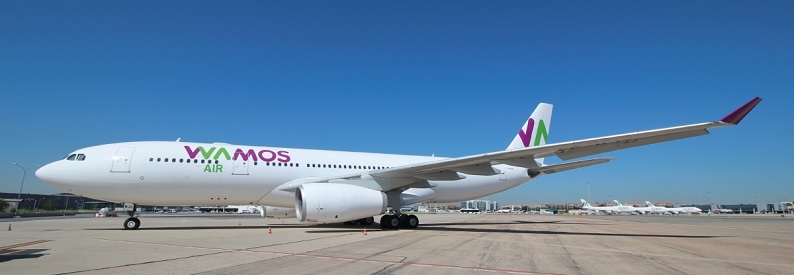Philippine Airlines (PR, Manila Ninoy Aquino International) has whittled the number of stored aircraft down to five, with the return to service of one A321-200 on July 24. The aircraft has since deployed onto short-haul international sectors. It is one of several measures the airline has taken recently to boost its capacity.
After ferrying in from Angeles City Clark International on July 19, the 7.39-year-old RP-C9925 (msn 7015) recommenced revenue operations on July 24 with a flight to Tokyo Haneda. According to ch-aviation fleets data, Philippine Airlines still has three A321-200Ns and two A320-200s in storage, specifically;
- A321-200N RP-C9932 (msn 8150);
- A321-200N RP-C9933 (msn 8242);
- A321-200N RP-C9932 (msn 8150):
- A320-200 RP-C8614 (msn 3652); and
- A320-200 RP-C8393 (msn 4777).
All five aircraft are stored at Manila's Ninoy Aquino International Airport, with RP-C8393 normally operated by low-cost subsidiary PAL Express (2P, Manila Ninoy Aquino International). The return to service of the A321-200Ns is reportedly hampered by Pratt & Whitney engine supply issues, while the A320-200s await engine parts and/or service. The A320-200s use engines manufactured by CFM International. However, PW1100 series geared turbofan engines manufactured between 2015 and 2020 power the three A321neo. Those engines now need urgent inspections after the engine manufacturer this week disclosed that small amounts of contamination had been found in the metal used to manufacture the engine's high-pressure turbine discs, potentially causing micro-cracks and metal fatigue. Each impacted aircraft is expected to be out of service for up to 60 days.
In a statement, Philippine Airlines said the re-entry into service of RP-C9925 was the first of three aircraft to be reactivated or acquired in the short term. In addition, the carrier is flagging the delivery of one A330-300 for use on medium-haul international routes and one DHC-8-Q400 for domestic inter-island routes.
"We are taking various actions to boost our fleet count and enable us to meet the continuing surge in travel demand while minimizing delays and cancellations," said Christoph Gaertner, Philippine Airlines vice president of network planning.
Philippine Airlines also expects the first of nine A350-1000s to start arriving in 2026 after the carrier recently confirmed its order with Airbus. Addressing the issue of engine and engine part shortages for existing aircraft, the PAL Holdings subsidiary said it was "actively engaged in coordinating with its suppliers and service partners to re-activate more aircraft." In addition to those five parked planes, Philippine Airlines also has six aircraft out of service for maintenance purposes, some of which may or may not be related to the global engine supply chain challenges.







